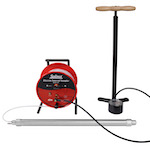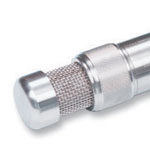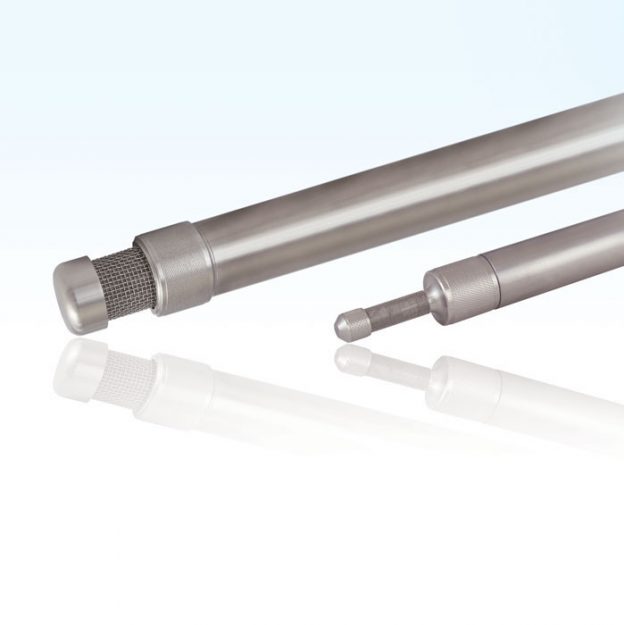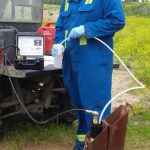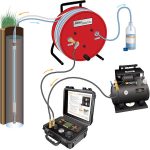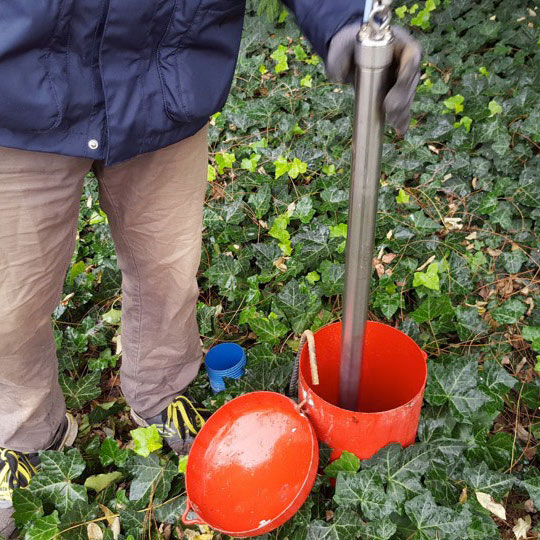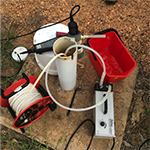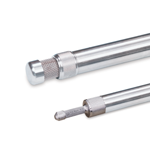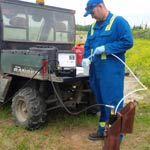Bladder Pump Helps Monitor Groundwater Contamination Near A Busy Port
Saldanha in the Western Cape of South Africa is a small port town on the northern shore of Saldanha Bay. The bay is a naturally sheltered harbour, making it ideal for exporting iron ore on massive ships. It serves the region’s base metal mines and a heavy minerals smelter, and is also the location of… Continue Reading »


